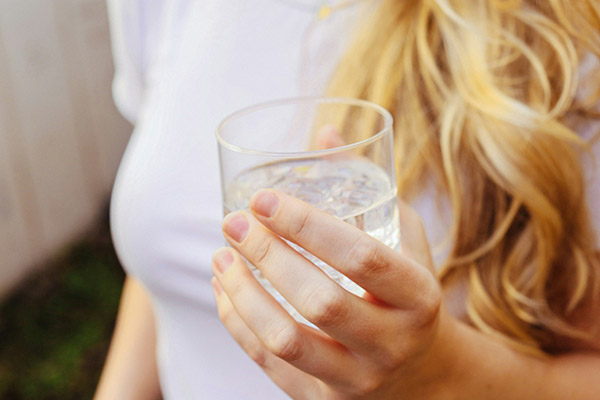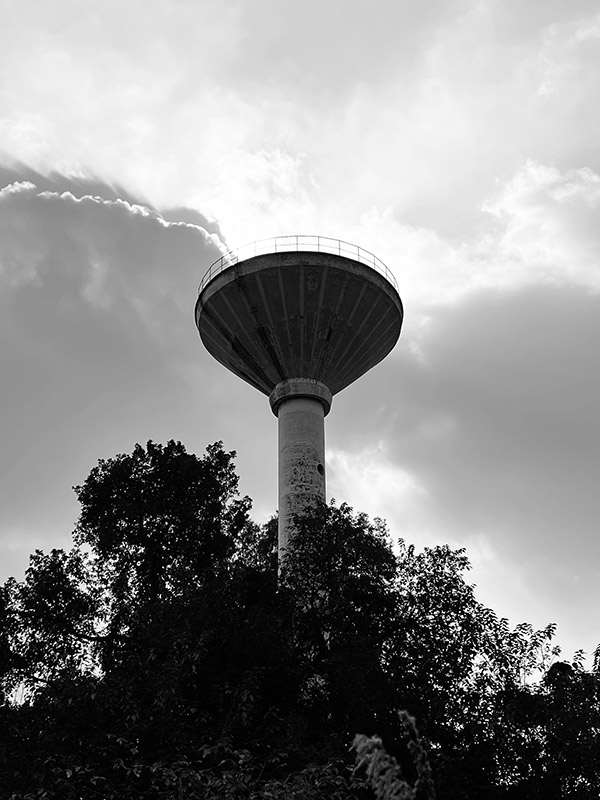Homeowners, Renters, & Business Owners Deposits
The deposit for a water meter setup is based on the size of the meter as follows:
$60
$75
$100
$200
$300
$400
$600
For new meter installs, please call (812) 882-7877 for a water tap estimate. One of our staff will meet with you and determine your needs and appropriate fees. Questions about drinking water? Contact Andrew Hutchison.

.svg)

.svg)











